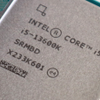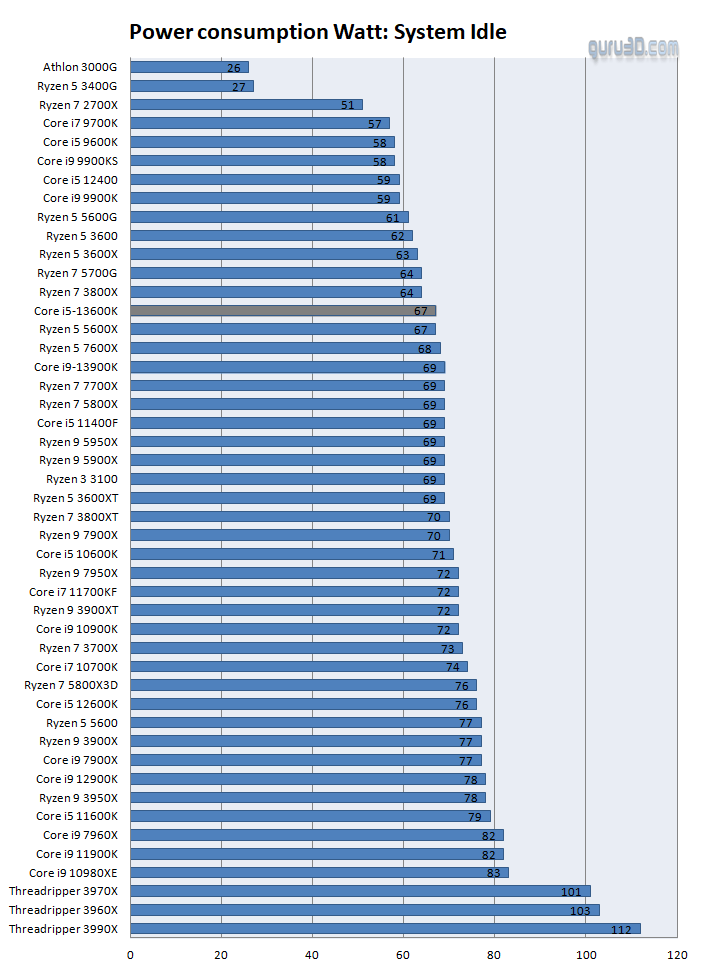Power Consumption and temperatures
Power Consumption
We show energy consumption based on the entire PC (motherboard / processor / graphics card / memory / SSD). This number depends and will vary per motherboard (added ICs / controllers / wifi / Bluetooth) and PSU (efficiency). Remember that we measure the ENTIRE PC, not just the processor's power consumption. Your average PC can differ from our numbers if you add optical drives, HDDs, soundcards etc. Also do not rule out anything RGB these days; an RGB-lit motherboard, Keyboard, Liquid cooler, and mouse these days can easily add 10 to 15 Watts of power consumption to that Wattage budget.
We want to clarify that power consumption measurements will differ per PC and setup. Your attached components use power but your motherboard can also have additional ICs installed like an audio controller, 3rd party chips, network controllers, extra SATA controllers, extra USB controllers, and so on. These parts all consume power, so these results are a subjective indication. Next to that, we stress all CPU cores 100% and thus show peak power consumption. Unless you transcode video with the right software your average power consumption will be much lower.
Temperatures
We don't compare temperature data since we'd have to apply identical cooling to all platforms over and over. Furthermore, coolers (RPM) respond differently to TDP and variables set in your motherboard BIOS. As a result, we simply do a temperature stress test. We utilize a 360mm LCS cooler (Asus Ryujin II 360), and the processor operates at 60~70C under all-core stress. This is at the maximum Wattage settings on the processor.
We can confirm hitting 5100 MHz here, excellent overall temperatures.





